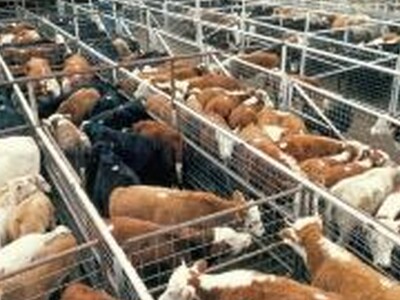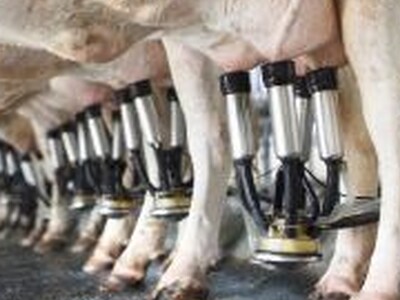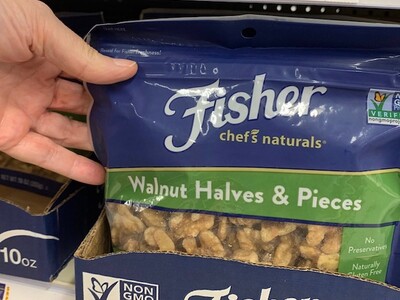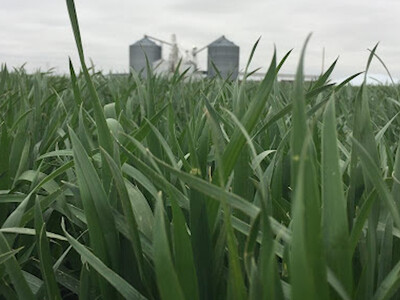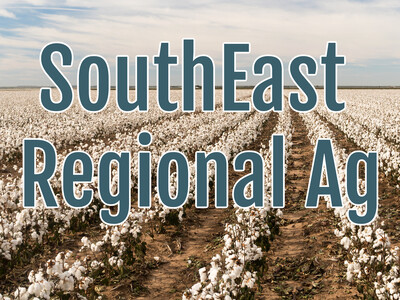Pulse Crop Survey
Pulse Crop Survey. I’m Greg Martin with today’s Line On Agriculture.
Pulse crops are types of legumes. Peas, lentils and chickpeas. The term pulse comes from the latin word for porridge or soup. Legumes are are nutrition powerhouses packed with protein, fiber and other essential nutrients. Pulses can be found in everything from lentil flour to hummus and are versatile in all kinds of recipes. In addition, dry peas, lentils and chickpeas benefit the soil and work well in many crop rotations. A great many pulse crops are grown here in the northwest and a report was published late last week on the quality of the pulse crops grown in the United States. Shannon Berndt - Executive Director of the Northern Pulse Growers - says samples of peas, lentils and chickpeas were collected at harvest in the Dakotas, Montana, Idaho and Washington state.
BERNDT: What they’re taking a look at is both the moisture protein starch soaking and canning capabilities. New to this particular report was that there’s a micronutrient work being done as well. We’re looking at the future as we want to build on the fact that we’re utilizing varieties as well. So we would actually have this information specific to varieties.
This is important because micronutrient malnutrition, also known as “hidden hunger”, affects more than 2 billion people worldwide. Sixty percent of the seven billion people in the world are iron deficient, over 30% are zinc deficient, and more than 15% are selenium deficient. Berndt summarized the quality of the 2011 crop.
BERNDT: In 2011 we did have some quality issues so if you compare it to years prior probably not as good a scenario just because of the weather situation we had occurring last year.
The survey was funded by the Northern Pulse Growers and the U.S. Dry Pea and Lentil Council along with North Dakota State University. While a significant portion of the pulses grown in the USA are consumed locally, the majority is exported to international markets. Because both the supply and demand of pulses are forecast to grow, quality information is vital to continued efforts by the US pulse industry to produce higher quality products.
That’s today’s Line On Agriculture. I’m Greg Martin on the Ag Information Network.





